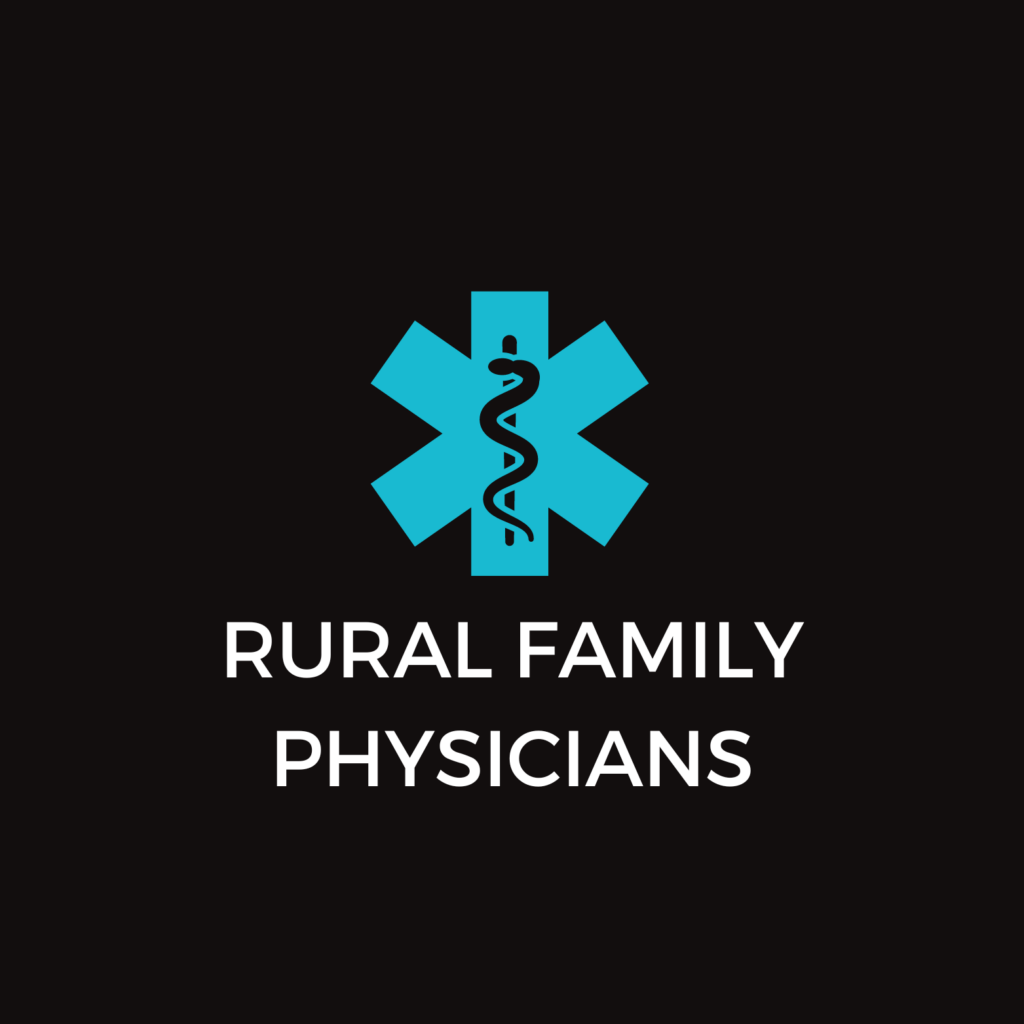CEO Update: Stroke victims in rural communities
 When I was five, my Grandma suffered a stroke. She was only 55 and luckily for her and us, she had access to a hospital and providers close by. Even though her stroke had lasting long term effects on her body, she survived and lived a full life to the age of 92. With stroke being the 5th leading cause of death in the Unites States, it strikes the importance of our 47 rural counties having access to care within their communities.
When I was five, my Grandma suffered a stroke. She was only 55 and luckily for her and us, she had access to a hospital and providers close by. Even though her stroke had lasting long term effects on her body, she survived and lived a full life to the age of 92. With stroke being the 5th leading cause of death in the Unites States, it strikes the importance of our 47 rural counties having access to care within their communities.
According to UnitedHealth Foundation’s “America’s Health Rankings”, 2.2% of adult Coloradans reported being told by a health professional that they had a stroke in 2018 (compared to the national rate of 3.0%), ranking Colorado 2nd out of all states in the country for performance (tied with California and Wisconsin)[1]. Stroke causes approximately 133,000, or 1 in 19, deaths in the United States each year, making it the nation’s fifth-leading cause of death[2]. Stroke often leads to serious long-term disability and can leave a stroke survivor unable to work resulting in direct and indirect costs. From 2013 to 2014, costs affiliated with stroke, including healthcare services, medication, and lost productivity, totaled $40.1 billion and it is expected that by 2030, the overall prevalence of stroke will increase 20.5%[3]. In Colorado, the highest rates of stroke are observed in populations of residents aged 65+ (5.6%) and residents whose income was less than $25,000 (5.1%)[4]. When comparing males and females in Colorado, 0.3% more females reported that they were told by a health professional that they had a stroke, however both rates for males and females were below those observed at the national level[5]. About 80% of strokes are preventable. Stroke prevention is possible through lifestyle changes in diet, exercise, alcohol consumption and tobacco use, as well as medication usage for the treatment of other medical conditions such as high blood pressure, which is the most important treatable risk factor for stroke[6]. Dr. Donald Frei, a stroke surgeon at the Swedish Medical Center in Colorado, calls stroke “the most time sensitive disease we have. It’s an absolute medical emergency. The brain needs the blood flow, and if we don’t get the person to the right hospital quickly for the right treatment, within hours it may be too late.”
When a victim of stroke is in need, our rural hospitals are there to answer the call. However, Colorado currently has 22 rural hospitals operating in the red, according to iVantage data. The average operating margin for rural Colorado Hospitals is -$1.8, 159 days cash on hand, and 56 days revenue in AR. Why does this matter? If even one of these rural hospitals were to close, the community’s residents would be without access to the life-saving care they need and deserve, not only for stroke, but for any emergency. The closure of a hospital in a rural community has a direct economic impact resulting in reduced per-capita income by $703 or 4%, an increased unemployment rate of 1.6% and increased difficulty to attract industry and employers.
CRHC is working to educate and advocate at the State and Federal levels to help policy makers understand that healthcare, specifically a critical access hospital, in a rural community is key to the economic infrastructure as one of the top employers in the community. CRHC is working to have changes made in regulations to allow true integration of care, to provide better funding to support rural health clinics, stop the cuts to rural hospitals and clinics around bad debt and sequestration, and to support new and sustainable rural hospital models that make sense for patients and providers in rural Colorado.
At the end of the day, it literally takes a village to take care of and treat those in need of medical care and the more we work together as a community to move from sick care to wellness care the greater our results. If you’d like to get more involved I encourage you to reach out in your local rural community or to CRHC.
[1] America’s Health Rankings – “Colorado 2018”. UnitedHealth Foundation. Retrieved 5/2/2019 from https://www.americashealthrankings.org/.
[2] Emelia J. Benjamin et al. “Heart Disease and Stroke Statistics-2018 Update: A Report from the American Heart Association.” Circulation 137, no. 12 (2018): e67–e492135. https://doi.org/10.1161/CIR.0000000000000558.
[3] America’s Health Rankings – “Colorado 2018”. UnitedHealth Foundation. Retrieved 5/2/2019 from https://www.americashealthrankings.org/.
[4] America’s Health Rankings – “Colorado 2018”. UnitedHealth Foundation. Retrieved 5/2/2019 from https://www.americashealthrankings.org/.
[5] America’s Health Rankings – “Colorado 2018”. UnitedHealth Foundation. Retrieved 5/2/2019 from https://www.americashealthrankings.org/.
[6] America’s Health Rankings – “Stroke in 2018”. UnitedHealth Foundation. Retrieved 5/2/2019 from https://www.americashealthrankings.org/.





